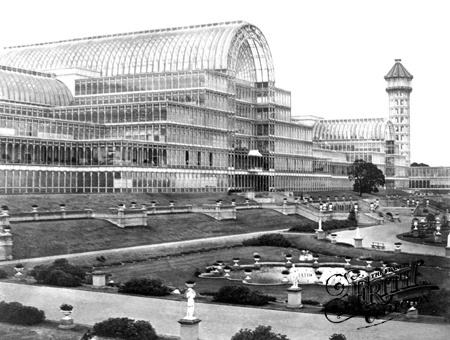Jacob
What goes around comes around.
yes very expensively made with great skill but a design dead end IMHO
These spectacular bits of early modernism were being built same century.



They'd hardly register with the A&C crowd. (Though the contents of the great exhibition did). Too industrial for the gentry. Smoke, noise, the working clarse, oh dear no!
These spectacular bits of early modernism were being built same century.



They'd hardly register with the A&C crowd. (Though the contents of the great exhibition did). Too industrial for the gentry. Smoke, noise, the working clarse, oh dear no!



































